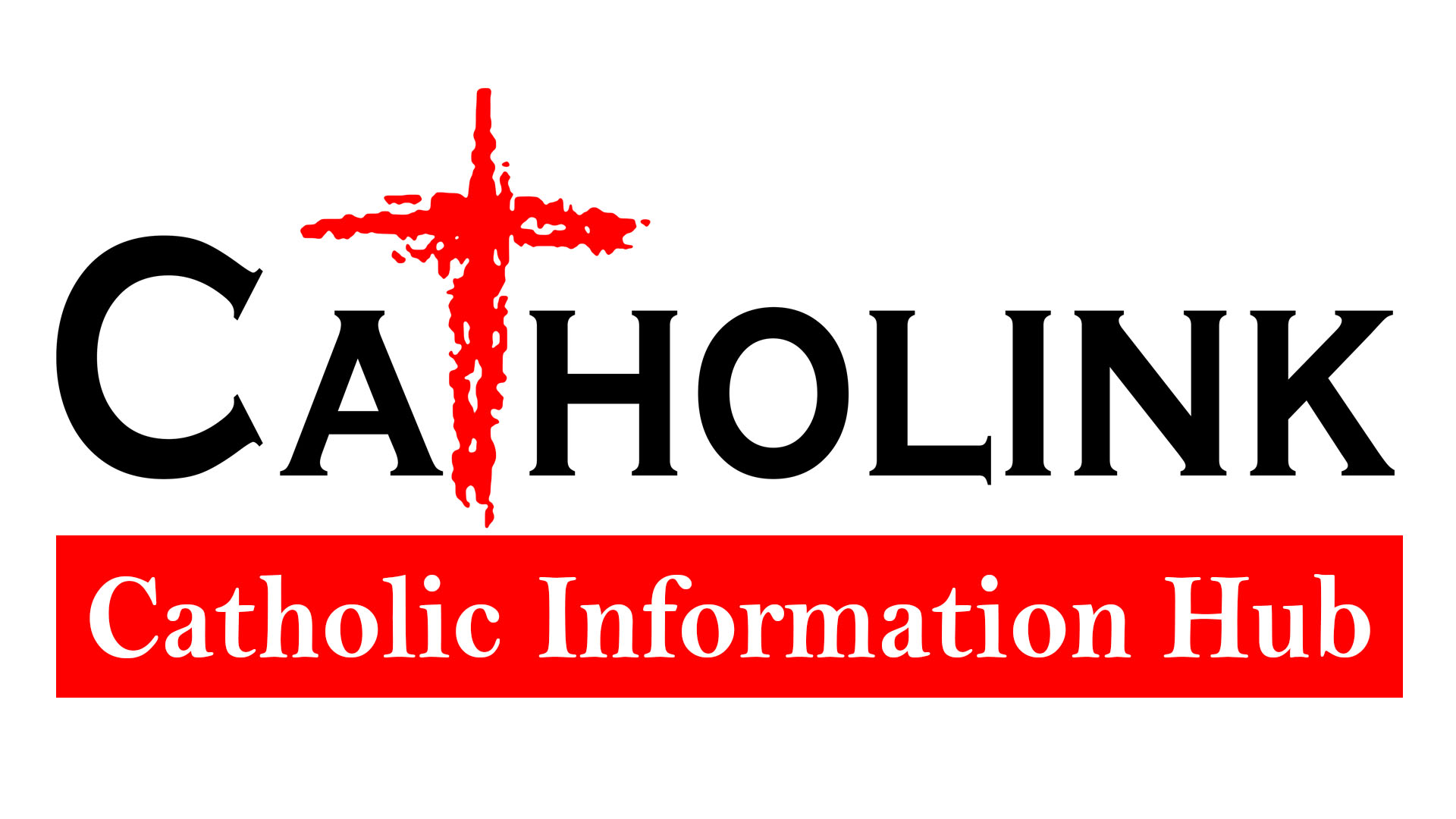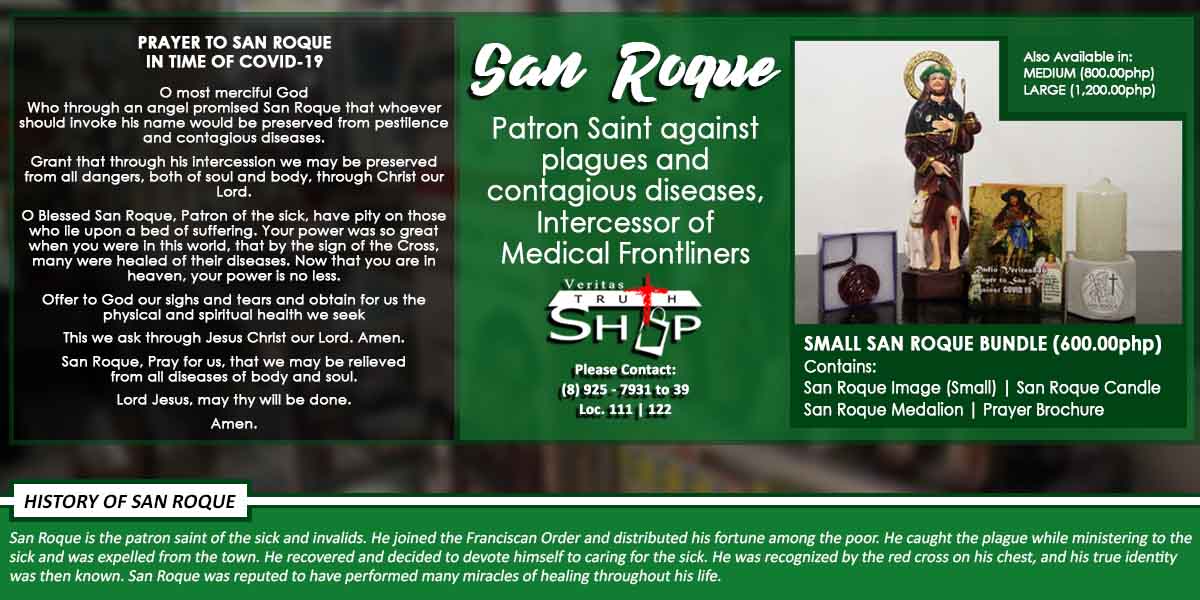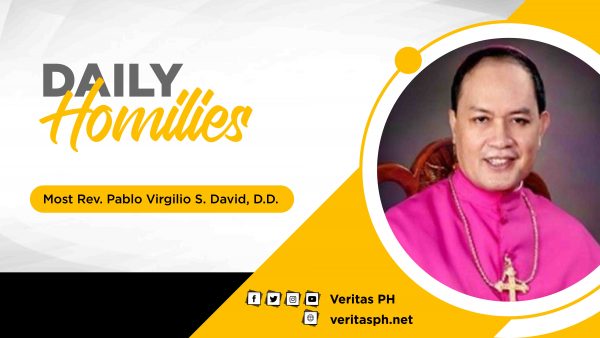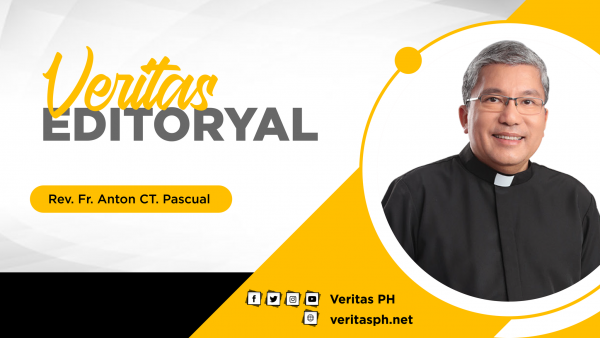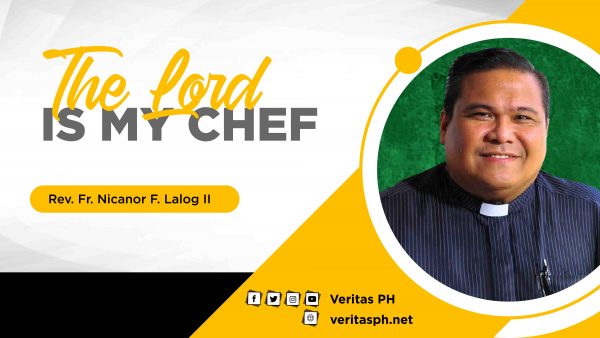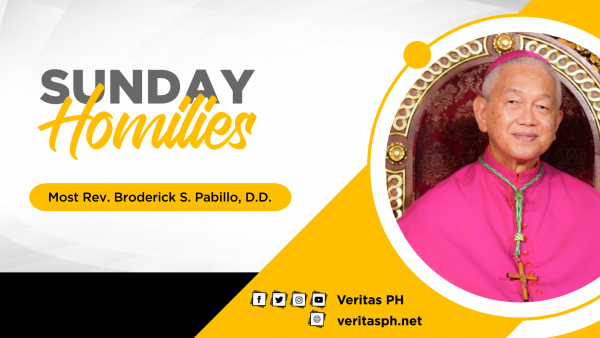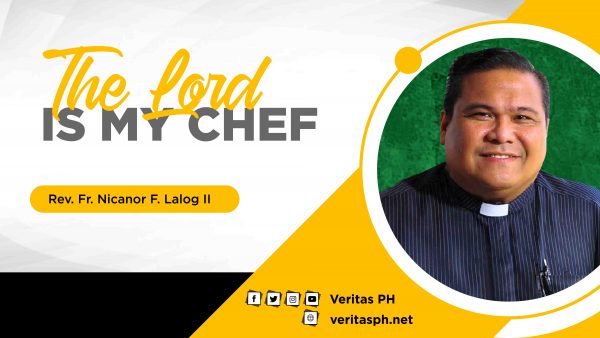17,518 total views
Homily for Fri of the 34th Wk in OT, 1 Dec 2023, Lk 21:29-33
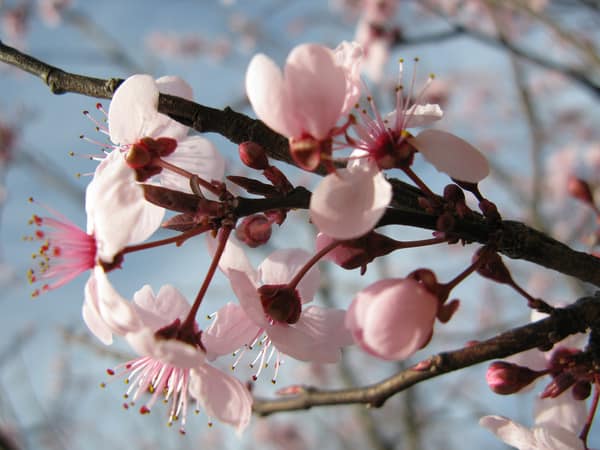
Once I was invited to preside at Mass on the occasion of the anniversary of a company. The first thing that caught my attention when I entered the main building of the company’s administrative office was the vision-mission statement of the company written in metal gold letters mounted on the wall of the lobby. Since I was a little early, I sat on a chair facing that statement and took time reading it and mulling over what it was saying.
Before I started the Mass, the CEO of the company greeted all the employees a good morning. He put his right hand over his chest and I thought for a while he was going to lead in singing the Lupang Hinirang. In unison, the whole assembly of employees, including officers, receptionists, janitors, and security guards recited something in unison. I recognized it immediately because I had just read it at the lobby’s wall; it was the vision-mission statement of the company. They all knew it by heart!
Today’s first reading is about the vision-mission statement of the Israelite people. I imagine it, not written but painted on a wall. The vision is about humanity itself, represented by four world empires portrayed like four mythical beasts—a lion with eagle’s wings standing on two feet, a bear with three tusks devouring much flesh, a four-headed leopard with bird wings, and a fourth beast with iron teeth and ten horns, three of which are displaced by a little horn that had human eyes and spoke arrogantly.
In the midst of this horrific scene, there emerges a character who obviously represents God, portrayed as an old man looking like Gandalf in Lord of the Rings, described as wearing a white cloak that was snow bright and hair white as wool, seated on a flaming throne, accompanied by a heavenly army.
There is motion in the vision. The old man sits in judgment, the four beasts are judged, but a new character emerges from among them—presumably a divine character because he is portrayed riding on a cloud but looking like a human being—the old English translation for this new character who is being presented before God is “Son of Man”. I prefer the Tagalog “Anak ng Tao” which is gender-free. “Anak ng Tao na nakatungtong sa ulap iniaakyat upang mailuklok sa trono bilang Anak ng Diyos”. (A human being raised on a cloud in order to be to seated on the throne of divinity.)
The vision’s statement is obvious: “There is hope for humanity!” From a series of empires ruled by kings that behave like beasts, there will finally emerge a divine figure with a human face who will inaugurate in this world God’s eternal kingdom. The divine character who assumes a human face so that the beastly image of humanity will be replaced by divinity. Then our true humanity will shine out in truth, goodness and beauty.
This is what Jesus is telling his disciples to be on the lookout for. We must be see to the realization of this vision. It will be like a fig tree that seems hopelessly dead after shedding its leaves during wintertime. Suddenly its buds burst open and let out a thousand blooms because spring time has come, blossoms that will turn into fruits in summer oozing with sweetness.
We are being invited during advent to allow this vision and mission of PAGPAPAKATAO to be etched in our imagination, to know its statement, and to be quick at seeing its realization in our lives.








